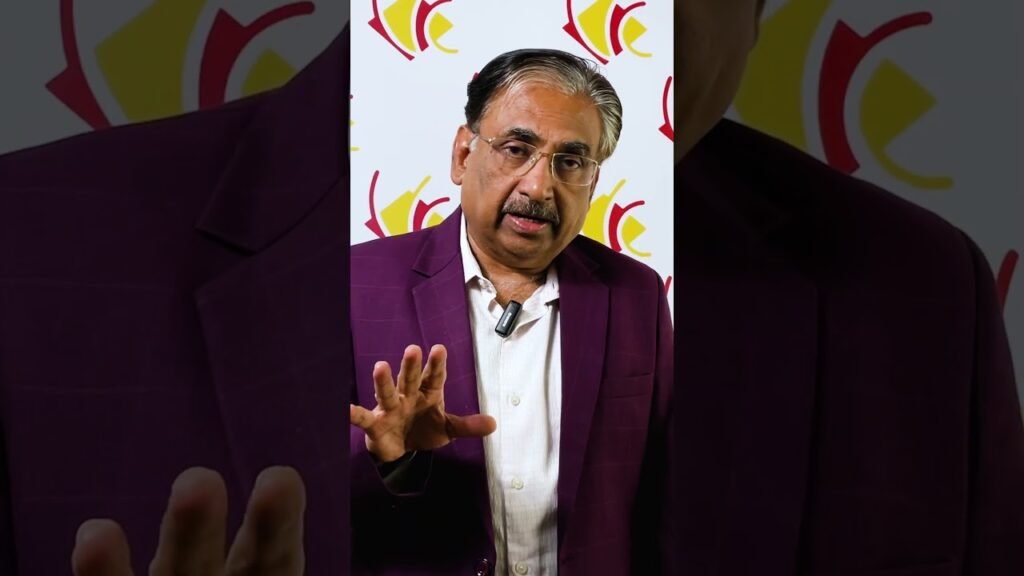What’s the difference between Minoxidil vs hair transplant
When considering options for hair restoration, its essential to understand the differences between Minoxidil and a hair transplant. Minoxidil is a topical treatment commonly used to combat hair loss. Available over-the-counter, it is applied directly to the scalp to stimulate hair growth and slow down balding. The primary mechanism of Minoxidil is to improve blood flow to hair follicles, which can help in extending the growth phase of hair and increasing follicle size.
In contrast, a hair transplant is a surgical procedure that involves moving hair follicles from one part of the body, typically the back or sides of the scalp, to areas experiencing hair loss. This method provides a more permanent solution to hair loss as it redistributes existing hair to cover bald or thinning spots. The procedure is typically performed by a specialist in a clinical setting and requires a recovery period post-surgery.
Effectiveness and Results
The effectiveness of Minoxidil can vary from person to person. Some users may notice an improvement in hair density and a reduction in hair loss, while others might experience minimal changes. Its important to note that the effects of Minoxidil are often temporary; discontinuing use may result in the resumption of hair loss. Additionally, consistent and long-term application is necessary to maintain results.
Hair transplants, on the other hand, tend to offer more predictable and lasting results. Since the transplanted hair follicles are typically resistant to the hormone that causes hair loss, they continue to grow naturally in their new location. However, the success of a hair transplant can depend on factors such as the skill of the surgeon, the extent of hair loss, and the individuals hair characteristics.
Considerations and Side Effects
When choosing between Minoxidil and a hair transplant, it’s crucial to consider potential side effects and individual suitability. Minoxidil is generally safe for most users, but some may experience scalp irritation or unwanted hair growth in other areas of the body. A hair transplant, being a surgical procedure, carries risks such as infection, scarring, and the possibility of an unnatural appearance if not performed expertly.
Ultimately, the choice between Minoxidil and a hair transplant will depend on personal preferences, the extent of hair loss, and budget considerations. While Minoxidil offers a non-invasive, cost-effective option, a hair transplant provides a more permanent solution for those seeking to restore their hairline.


